Toilet Flush Mechanism
Understanding the toilet flush mechanism is essential for maintaining a properly functioning toilet. At Juspropa, we specialize in all aspects of toilet repair and maintenance, including the intricacies of toilet flush mechanisms. Whether you’re facing issues with flushing or want to upgrade your toilet system, our experienced plumbers are here to help.
How Toilet Flush Mechanisms Work
Toilet flush mechanisms are designed to efficiently remove waste from the toilet bowl and refill the tank for the next use. Here’s a breakdown of the main components involved:
1. Flush Handle
The flush handle is the user interface that initiates the flush. When pressed, it activates the flushing process.
2. Chain or Lift Wire
Connected to the flush handle, the chain or lift wire lifts the flapper valve when the handle is pressed, allowing water to flow from the tank to the bowl.
3. Flapper Valve
The flapper valve is a rubber seal that sits at the bottom of the tank. When lifted by the chain, it opens to release water into the bowl, creating the flush. After flushing, the flapper falls back into place to seal the tank.
4. Overflow Tube
This tube prevents overflow by directing excess water into the toilet bowl. It is crucial for maintaining the water level in the tank.
5. Fill Valve
The fill valve controls the water supply to the tank after flushing. It refills the tank to the appropriate level once the flapper closes.
6. Tank
The tank stores water used for flushing and contains all the components mentioned above.
Common Issues with Toilet Flush Mechanisms
Understanding how these components work can help you diagnose and fix common toilet problems:
1. Weak Flush
If your toilet isn’t flushing effectively, the flapper may be worn or not sealing properly. Check the flapper for signs of wear and replace it if necessary.
2. Continuous Running
If your toilet runs continuously, it could be due to a faulty fill valve or a chain that is too tight or tangled. Adjust or replace these components to resolve the issue.
3. No Flush
If the toilet won’t flush at all, check to see if the chain is disconnected or if the flapper is stuck. Inspect the flush handle for any obstructions.
4. Clogs
Sometimes, a clogged toilet can cause flushing problems. If the mechanism is functioning but waste is not being removed, a blockage in the drain line may be the issue.
FAQs About Toilet Flush Mechanisms
1. How often should I replace the flapper valve?
Flapper valves typically last 3 to 5 years. If you notice leaks or weak flushing, it may be time to replace the flapper.
2. What should I do if my toilet keeps running?
Check the chain for tangles, ensure the flapper is sealing properly, and inspect the fill valve. If these don’t resolve the issue, you may need professional assistance.
3. Can I install a new flush mechanism myself?
Many toilet flush mechanisms can be replaced as a DIY project. However, if you’re unsure or encounter issues, it’s best to consult a professional plumber.
4. What types of flush mechanisms are available?
There are several types, including traditional gravity-fed systems, pressure-assisted systems, and dual-flush mechanisms that allow for different flush volumes.
5. How can I improve my toilet’s flushing power?
Consider upgrading to a high-efficiency toilet or a pressure-assisted flush system. Regular maintenance of the flush components can also help improve performance.
Contact Juspropa for Toilet Repairs and Maintenance!
If you’re experiencing issues with your toilet flush mechanism or need a replacement, contact Juspropa for professional plumbing services.
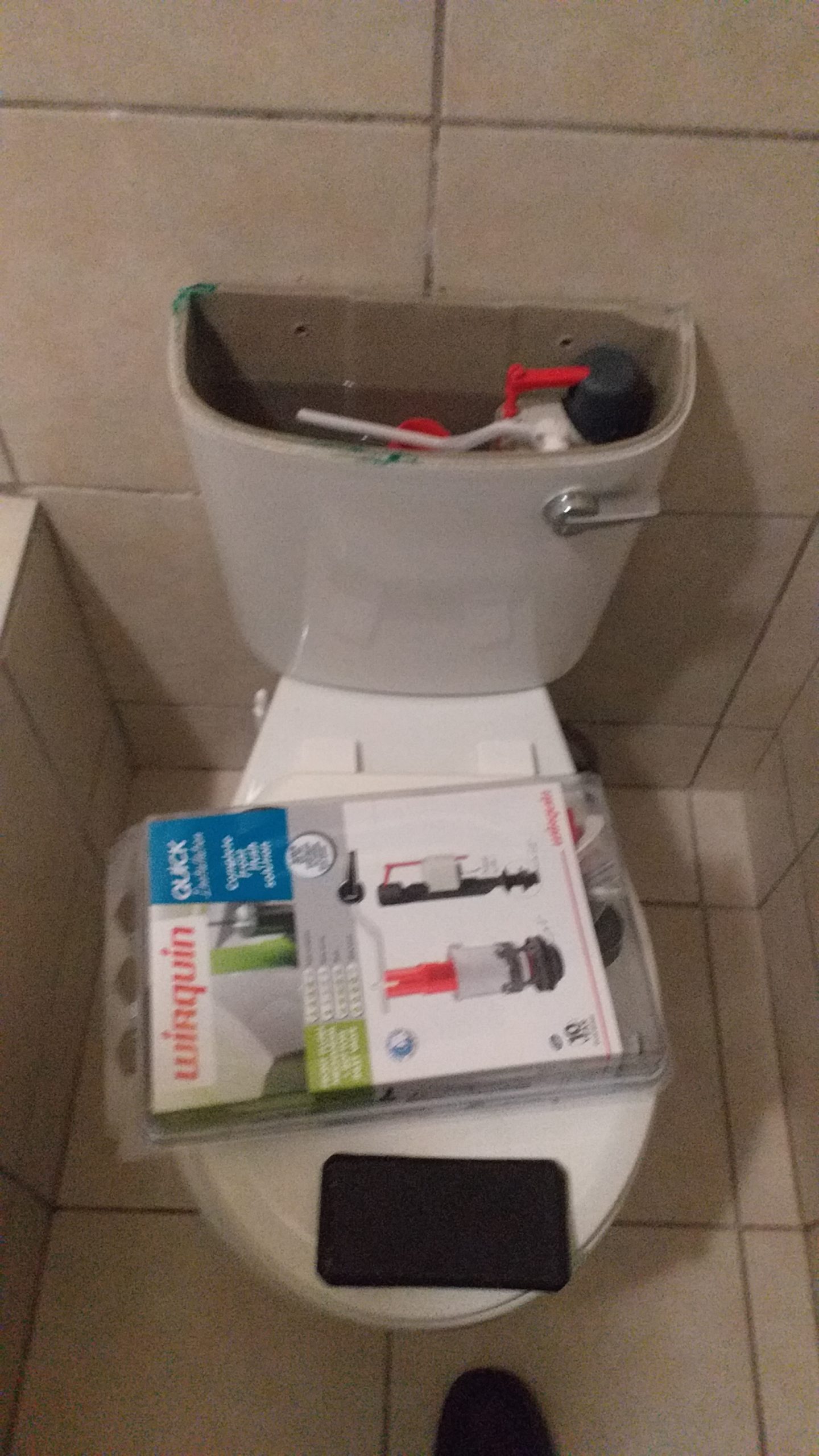
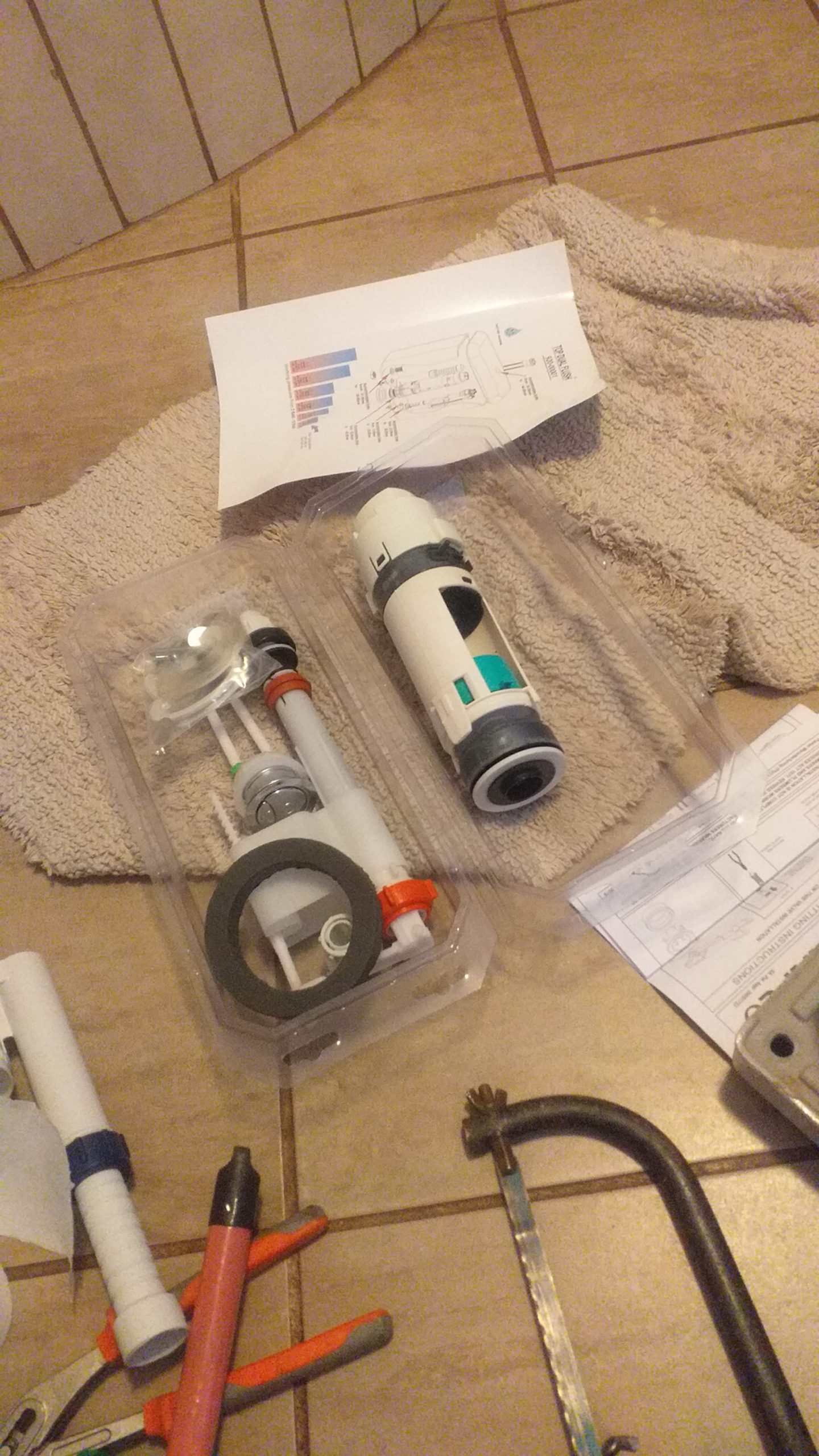
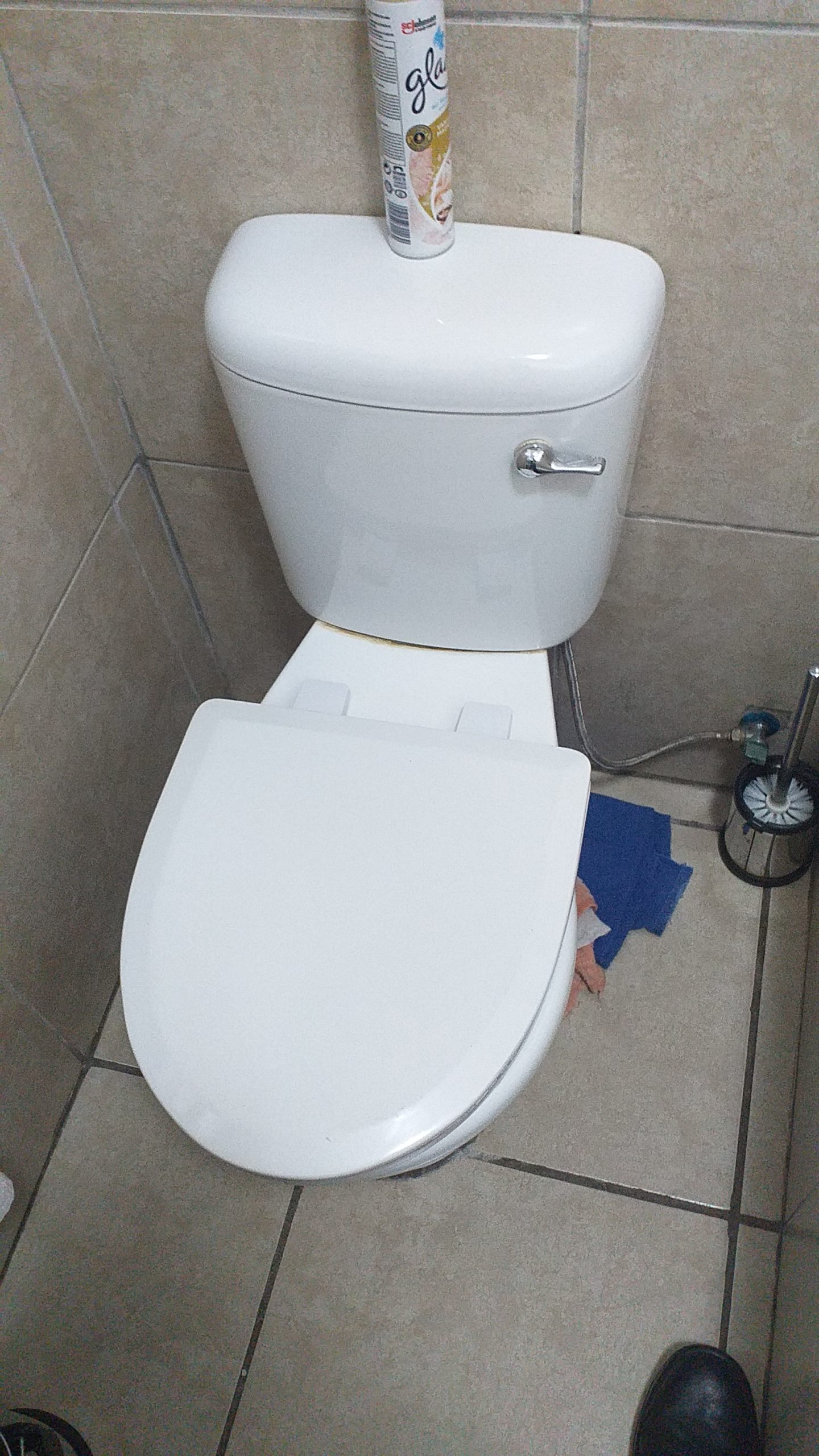

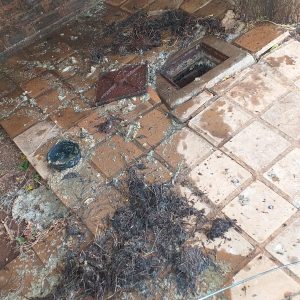
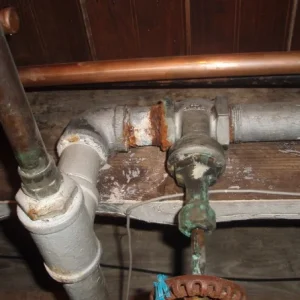
Reviews
There are no reviews yet.